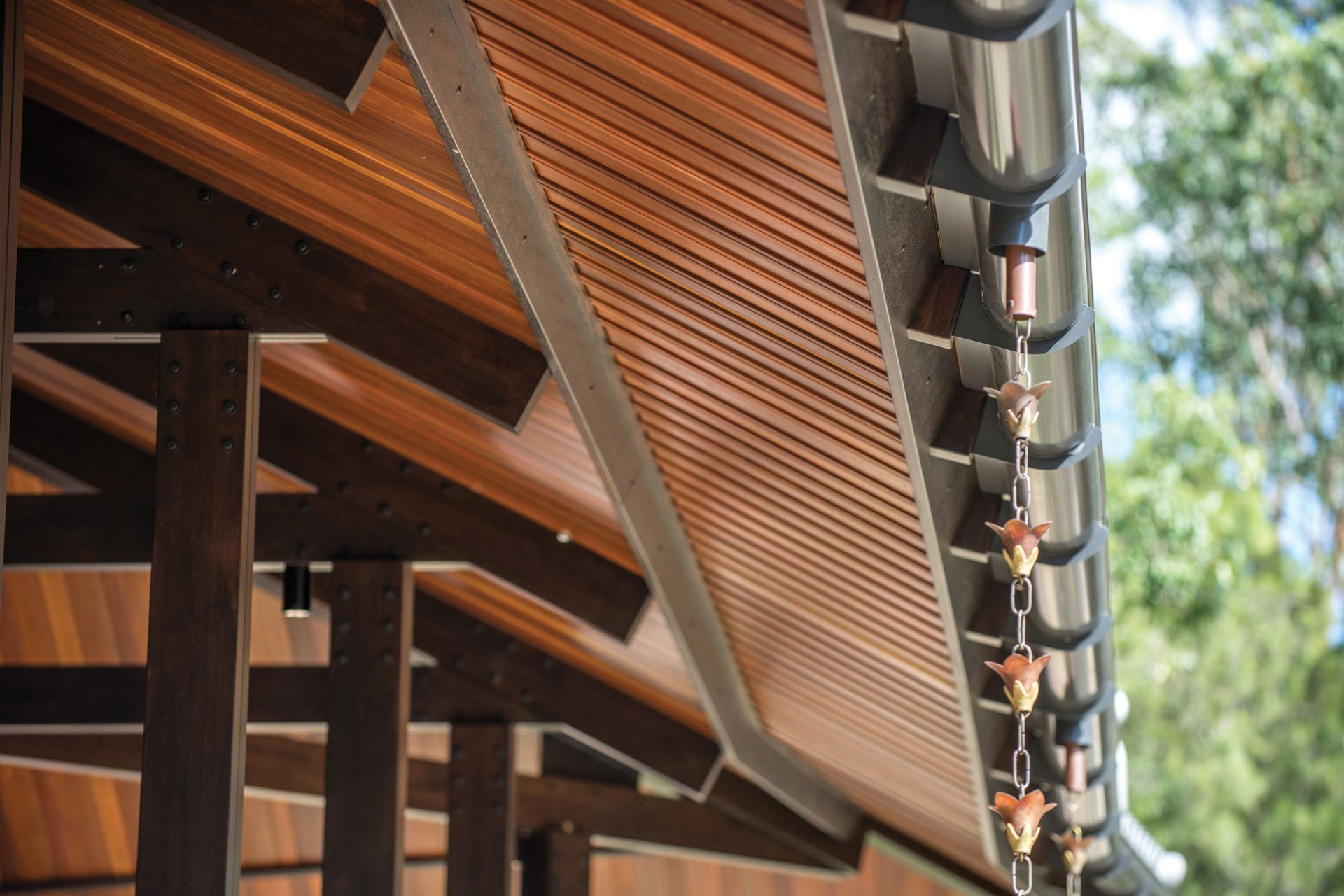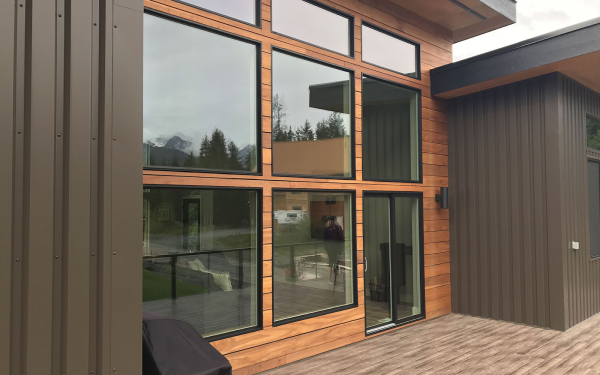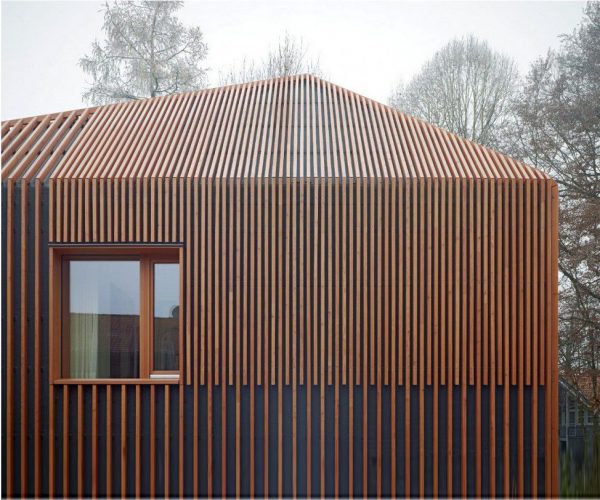In the last few years, in response to changing weather patterns that are making it more difficult and expensive to maintain traditional brick and stone homes. Builders have begun using Timber Cladding or other suitable materials for their modern homes. This has become popular for two reasons. One is because these materials provide aesthetic variations for homeowners. Secondly they are more affordable in comparison to traditional brick and stone construction. The use of Timber Cladding or other suitable materials to replace brick and stone on modern homes has become so popular.
In Melbourne Australia, cladding has been especially popular and is a large part of the reason why the area now boasts one of the strongest economies in all of Australia. During 2007-2008, over 30% of new construction included some type of timber cladding (VIC). This is a significant increase from 20% of all new construction in the previous 6 years.
Timber Cladding Technology:
Many materials can be used to clad a house for both modern and traditional homes. This is including timber itself, brick, stone, and even metal. Generally, modern Timber Cladding tends to be much lighter weight than traditional brick or stone cladding. However, this is not always the case. This is because many new types of Wood Cladding are often thick enough to be used as external walls and internal walls of a home. The heavy-duty variety will be just as strong, if not stronger than the traditional brick and stone variety.
There are many types of Wood Cladding, including Sawn Hardwood Lumber, Sawn Softwood Lumber (usually pine or cedar). Also consider Glulam construction, Wood Chips or Fiber Glass reinforced balsa wood. In addition, there are many variations within these types of Wood Cladding, such as Sculptured Lumber, Glue-Lam construction. Also some newer materials like High-Density Fiber Cement (HDF) and Wood Fiber composites.
Because there are so many materials used to clad a house, determining the right product for your house depends on many factors. These factors include the size and cost of your construction project, thermal requirements, acoustic requirements, and appearance preferences. You may also have to factor in how much weight you want your house to support. Also consider how much energy you want to use during the separate phases of your construction project.
The most important part of the Wood Cladding purchased for a house is that it has been properly treated with a preservative. Unless of course, you use raw lumber as external walls or internal walls of your home (not recommended).
The major disadvantage to cladding is the cost of labour; however, this may not be an issue for experienced or skilled carpenters that can handle large projects with ease.
Another important aspect of wood cladding is the installation. The hardest part is the nailing in with the nails. Many modern options for Cladding include a pre-nailed factory-installed system. This saves time and money and allows for faster installation.




